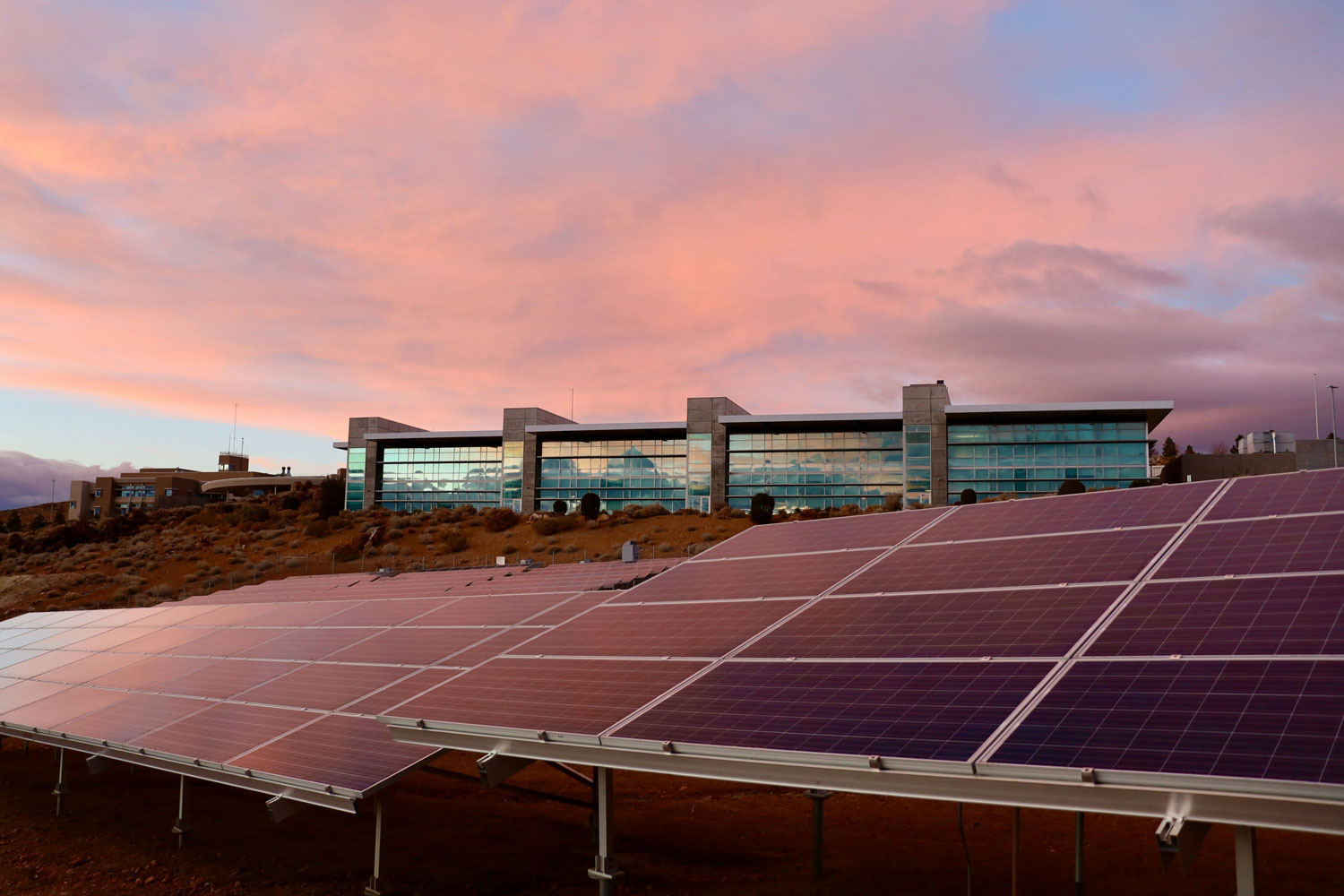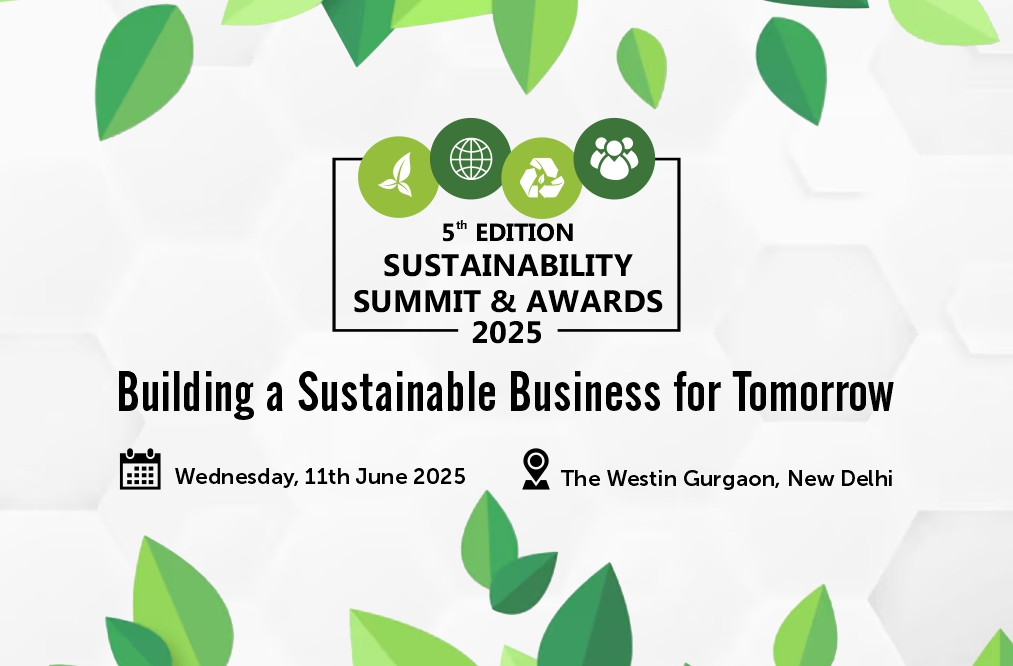Exclusive
 What Does Science and ESG Hold in Trump 2.0?
What Does Science and ESG Hold in Trump 2.0?
 Nature-Based Solutions: Balancing Promise and Limitations in Climate Action
Nature-Based Solutions: Balancing Promise and Limitations in Climate Action
 Crafting Eco-Friendly Strategies for Niche Enterprises
Crafting Eco-Friendly Strategies for Niche Enterprises
 U.S. Companies Roll Back ESG Commitments
U.S. Companies Roll Back ESG Commitments
 How New Rules Are Making Greenwashing a Thing of the Past
How New Rules Are Making Greenwashing a Thing of the Past
 Why Scope 3 is the Real Test of Corporate Climate Commitment
Why Scope 3 is the Real Test of Corporate Climate Commitment
 Water Sustainability in 2025 – Digitalization, AI, and the Rise of Smart Water Systems
Water Sustainability in 2025 – Digitalization, AI, and the Rise of Smart Water Systems
 From Pledges to Practice: Building Coherent and Reliable Climate Policy
From Pledges to Practice: Building Coherent and Reliable Climate Policy
.jpeg) The Role of Circular Economy in Waste Management
The Role of Circular Economy in Waste Management
 Small Steps, Big Wins: The Power of Everyday Sustainability
Small Steps, Big Wins: The Power of Everyday Sustainability
 Zero Waste at Home: Practical Tips for a Greener Lifestyle
Zero Waste at Home: Practical Tips for a Greener Lifestyle
 India’s Green Hydrogen Mission – Pioneering a Low-Carbon Future
India’s Green Hydrogen Mission – Pioneering a Low-Carbon Future
.jpg) Urban Resilience – How Nature-Based Solutions Are Transforming Cities
Urban Resilience – How Nature-Based Solutions Are Transforming Cities
 The ISO Net-Zero Standard – A Game Changer for Global Climate Action
The ISO Net-Zero Standard – A Game Changer for Global Climate Action
.jpg) Phasing Out Fossil Fuels— A Just Transition
Phasing Out Fossil Fuels— A Just Transition
 Life Cycle Assessment: The Key to Sustainable Decision-Making
Life Cycle Assessment: The Key to Sustainable Decision-Making
.jpg) Sustainable Menus— A Recipe for Environmental Responsibility
Sustainable Menus— A Recipe for Environmental Responsibility
.jpg) Green Hydrogen for a Sustainable Future
Green Hydrogen for a Sustainable Future
.jpg) Net Zero Made Simple— Everything You Need to Know
Net Zero Made Simple— Everything You Need to Know
 Regenerative Agriculture— Revitalizing Farms & Rebuilding Ecosystems
Regenerative Agriculture— Revitalizing Farms & Rebuilding Ecosystems
 Decarbonizing Transportation with Electric Vehicles and Beyond
Decarbonizing Transportation with Electric Vehicles and Beyond
 Reducing Consumption— Sustainable Practices at Home and Work
Reducing Consumption— Sustainable Practices at Home and Work
 Harnessing Power Through Sustainable Means
Harnessing Power Through Sustainable Means
 Decarbonization— The Path to a Low-Carbon Future
Decarbonization— The Path to a Low-Carbon Future
 The Path to a Sustainable World
The Path to a Sustainable World

Subscribers: 31
Regenerative Agriculture— Revitalizing Farms & Rebuilding Ecosystems

01 April 2025
26
Introduction
Regenerative agriculture is revolutionizing farming by shifting the focus from mere production to soil health and ecosystem restoration. This holistic approach not only ensures sustainable food production but also plays a pivotal role in combating climate change and enhancing biodiversity.
Early Developments:
Traditional agricultural practices often led to soil degradation and reduced biodiversity. However, the emergence of organic methods in the 1970s paved the way for regenerative agriculture. Key practices that marked this evolution include:
- Cover Cropping: Planting off-season crops to prevent erosion and enrich the soil with nutrients.
- No-Till Farming: Minimizing soil disturbance to preserve microbial ecosystems and soil structure.
The Science of Soil Health:
At the heart of regenerative agriculture lies the principle of enhancing soil organic matter— turning farmland into effective carbon sinks. Healthy soils can sequester 2-3 tons of CO2 per acre annually. Innovative techniques such as microbial inoculants and biochar are naturally boosting soil fertility thus reducing the need for synthetic fertilizers.
Technological Integration:
The integration of technology is further optimizing regenerative practices:
- Precision Agriculture: Drones and sensors are used to monitor soil moisture and nutrient levels in real-time.
- AI-Driven Insights: Platforms analyze soil data to recommend optimal crop rotations and management practices.
- Blockchain Traceability: Ensuring transparency by allowing consumers to track produce from farm to table.
Policy and Market Shifts:
Support for regenerative agriculture is growing, driven by both policy and consumer demand:
- Government Programs: Initiatives like the USDA’s Climate-Smart Commodities Program are allocating significant funds to support the transition to regenerative practices.
- Corporate Partnerships: Major companies like General Mills and Danone are increasingly sourcing ingredients from regenerative farms.
Future Outlook:
By 2030—regenerative practices could be implemented on a significant portion of global cropland. Innovations like CRISPR-edited crops and robotic weeders promise to further enhance the efficiency and sustainability of farming.
Read Next
 Blogs
Blogs
Decarbonizing Transportation with Electric Vehicles and Beyond
 Blogs
Blogs
The ISO Net-Zero Standard – A Game Changer for Global Climate Action
 News
News
National Green Hydrogen Mission: Strategic Framework and Progress
 Blogs
Blogs
India’s Green Hydrogen Mission – Pioneering a Low-Carbon Future
 Blogs
Blogs
Decarbonization— The Path to a Low-Carbon Future
 Blogs
Blogs
The Path to a Sustainable World
Live Polls



Leave your opinion / comment here